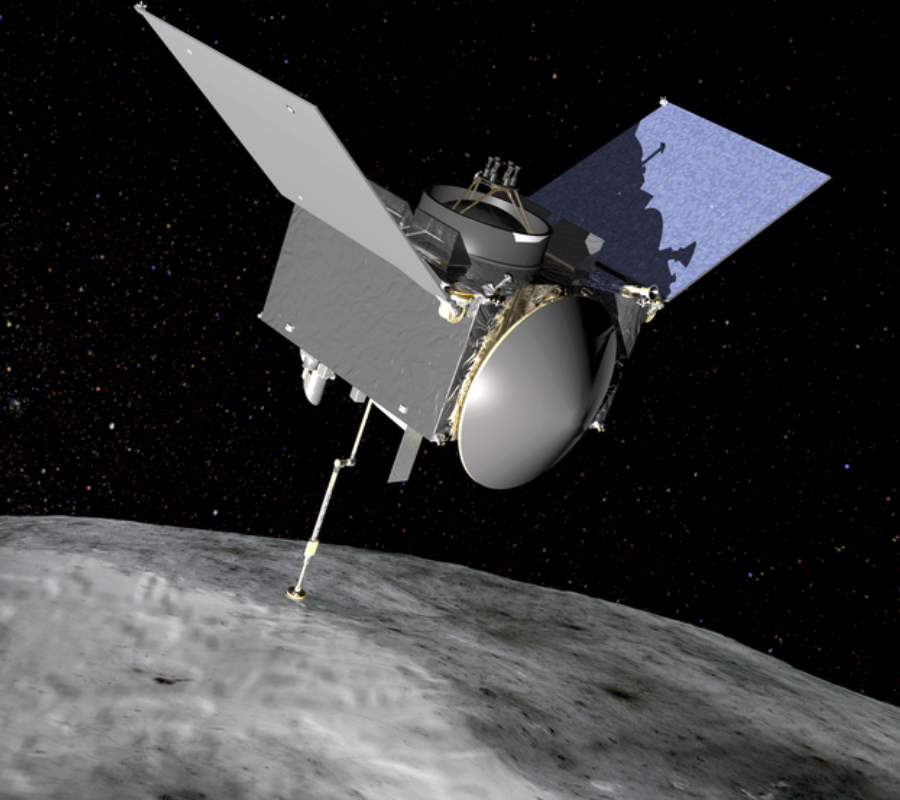NASA and the University of Arizona will conduct the OSIRIS-Rex (Origins, Spectral Interpretation, Resource Identification, Security, Regolith Explorer) Mission to evaluate Bennu, an asteroid that could allegedly destroy Earth.
The $800 million OSIRIS-Rex Mission will be sent to orbit on a United Launch Alliance Atlas V rocket from Florida’s Cape Canaveral Air Force Station, on September 8. The spacecraft will spend two years chasing Bennu. The mission will study the near-Earth asteroid for another two years before returning with a sample of at least 2.1 ounces (60 grams) of Bennu’s surface material, in July 2023.

With the sample, scientists hope to get a better understanding of the solar system’s origins and evolution. According to OSIRIS-REX principal investigator Dante Lauretta, of the Lunar and Planetary Laboratory at the University of Arizona, asteroids like Bennu deliver organic material and water in the form of hydrated minerals to the Earth’s surface, that could create a proper environment for habitability.
Edward Beshore of the University of Arizona and Deputy Principal Investigator for NASA’s asteroid-sample-return mission OSIRIS-Rex, unveiled in a statement details about instruments and procedures that scientists will be implementing during the mission. The Yarkovsky effect study would analyze sunlight radiation energy responsible for the asteroid’s migration.
“If astronomers someday identify an asteroid that presents a significant impact hazard to Earth, the first step will be to gather more information about that asteroid. Fortunately, the OSIRIS-REx mission will have given us the experience and tools needed to do the job,” said Beshore.
How University of Arizona chose asteroid Bennu for a visit https://t.co/LGA6qjjRk1 pic.twitter.com/h47TzwlWYz
— Arizona Daily Star (@TucsonStar) July 31, 2016
Bennu: a potentially dangerous asteroid
Bennu has been classified as a dangerous asteroid that could cause Earth’s destruction. NASA scientists have indeed calculated that there are significant possibilities that the asteroid could strike Earth in the last quarter of the 22nd century. It has been estimated that during an Earthy flyby in 2135, Bennu will strike a special orbit-altering keyhole, causing a collision course with the Earth subsequently.

“Our uncertainties will shrink, so that will allow us to recalculate the impact probability. We don’t know which direction it’ll go. It could go down, because we just eliminated a bunch of possible keyholes that Bennu may hit. ” said Lauretta.
Source: NASA Press Release
